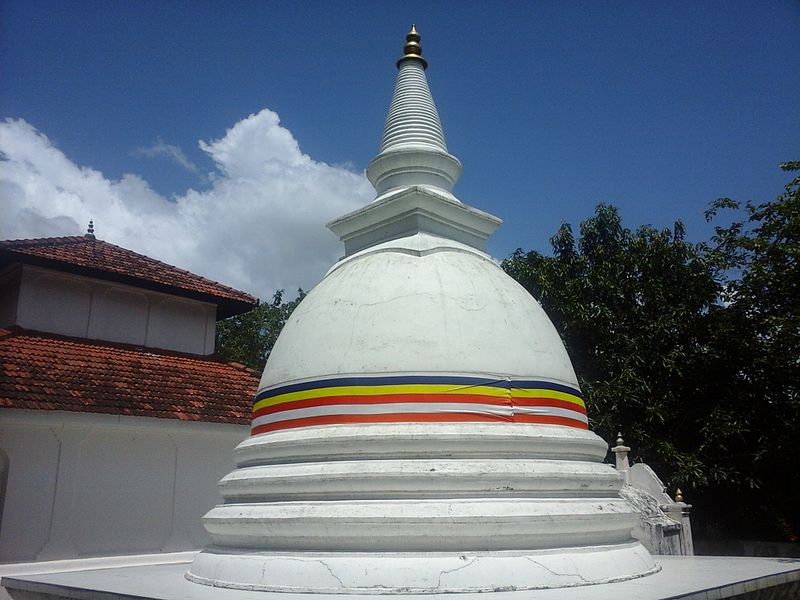- Area: Sri Lanka
- Type: Attractions
- Group: Buddhism Viharaya
Naigala Rajamaha Viharaya (Sinhala: නයිගල රජ මහා විහාරය) is an ancient Buddhist temple situated in Weeraketiya, Hambantota District, Sri Lanka. It is located about 2 km (1.2 mi) away from Weeraketiya junction and 8 km (5.0 mi) from the ancient Buddhist temple, Mulkirigala Raja Maha Vihara.
This temple has been built according to the Pabbata Vihara system and it is considered that the Naigala Raja Maha Viharaya was one of the rare sites in the Ruhuna Kingdom with Panchayathana features and seven Stupas. Due to its historical importance, this temple has been formally recognized by the Government as an archaeological site in Sri Lanka. The designation was declared on 22 April 1966 under the government Gazette number 14692.
History
It is believed that this temple was built by the Kings Gotabhaya and Mahananga. According to inscriptions found on the Vihara premises, this temple was called Kala Pabbatha Vihara. The Bodhi tree of Naigala Rajamaha Viharaya is believed to be one of the saplings of the Sri Maha Bodhi and was planted by Arahant.



Folklore, which connects with King Mahanaga describes a story about the formation of the name of this temple. According to that in the period of King Devanapathisa, Mahanaga came to this area and built a palace in Mandaduwata. At that time a big drought came and caused to make tanks, and streams dried up. One day a big snake came in front of the king and brought him to a large rock, where the king saw a pond filled with water. After that incident, this area was called Naya Penvu Gala (The rock, shown by the snake) and then named Naigala.
Ruins
A number of archeological monuments and ruins were discovered in this temple after excavations, done by the Archaeological Department in 2009. Many ruins including Stupas, walls, Boodhigaras, and ponds can be seen at the vihara premises. Also, there is a specific circular stone with a hollow that can be seen at the temple and it is believed that this was used to hide the tooth relic of Buddha inside it, by Queen Sugala to protect it from enemies. In 2013, archaeologists found ruins of a two-story image house on the temple premises, which belongs to the Anuradhapura period.

